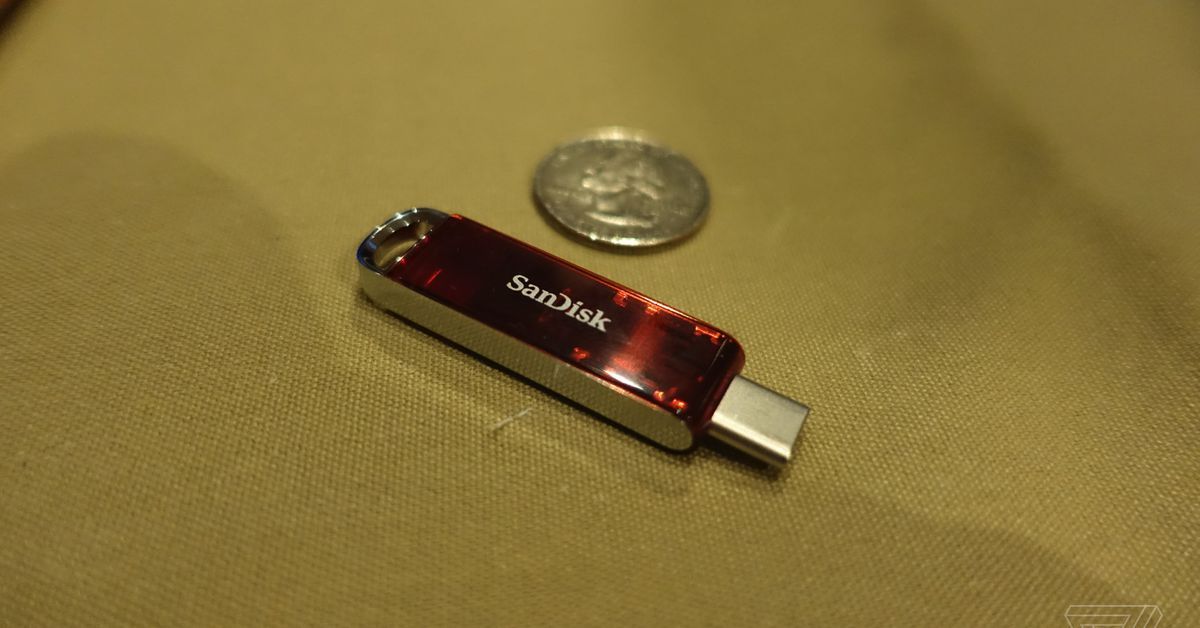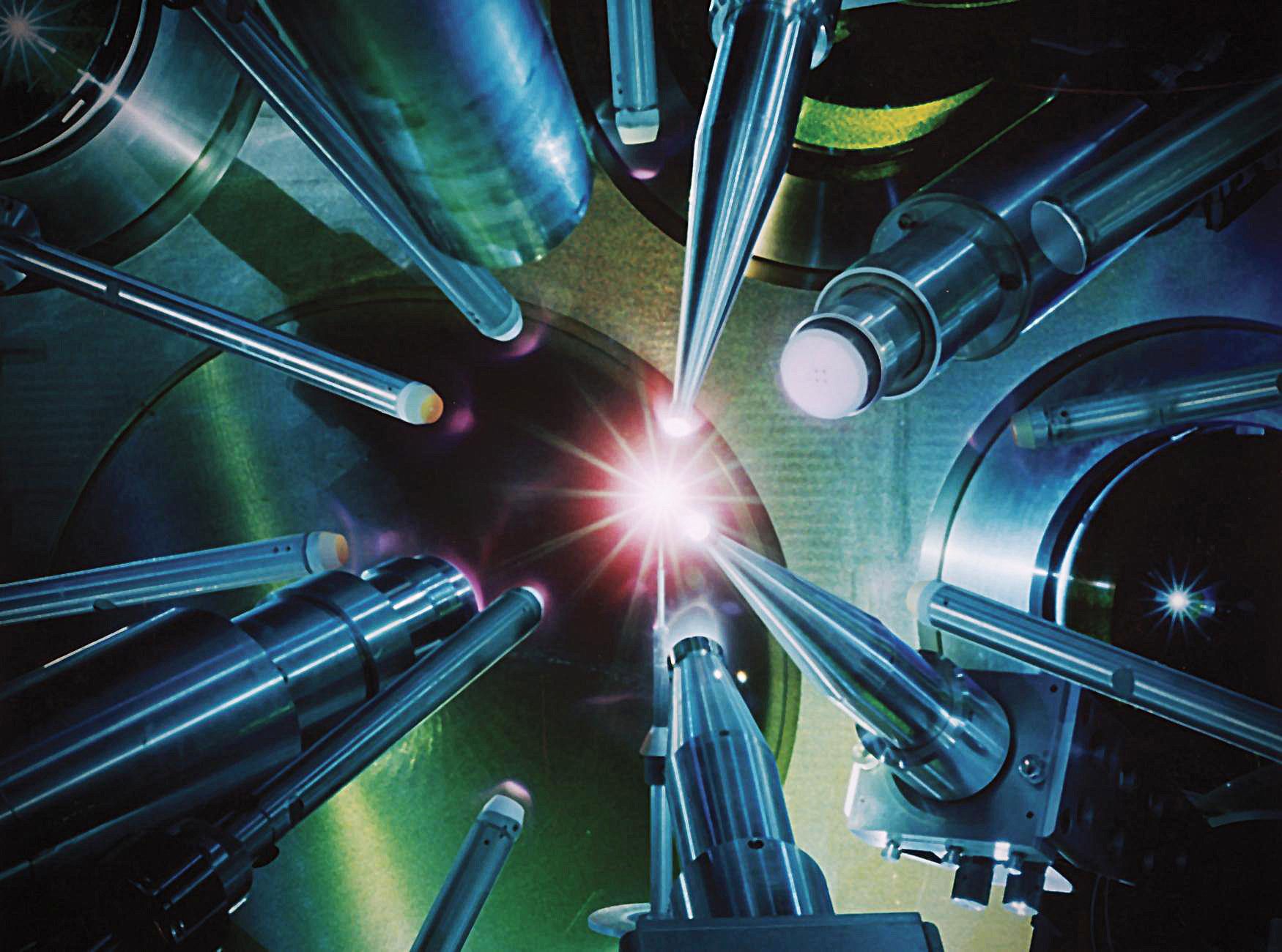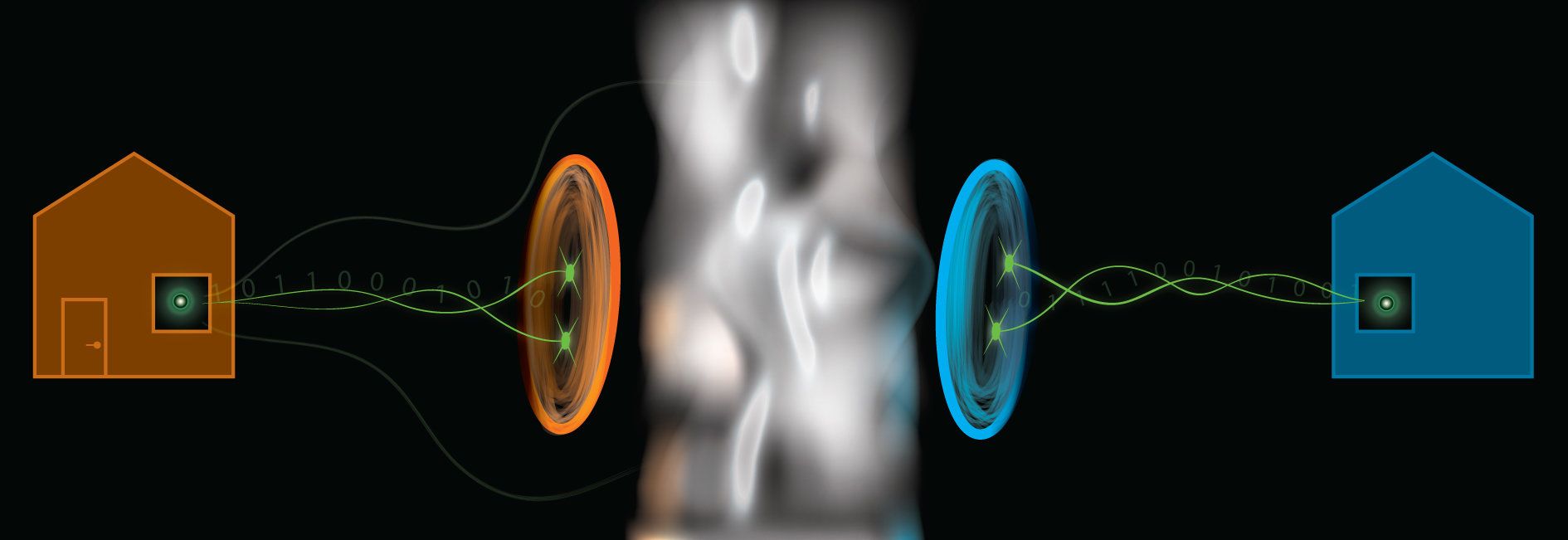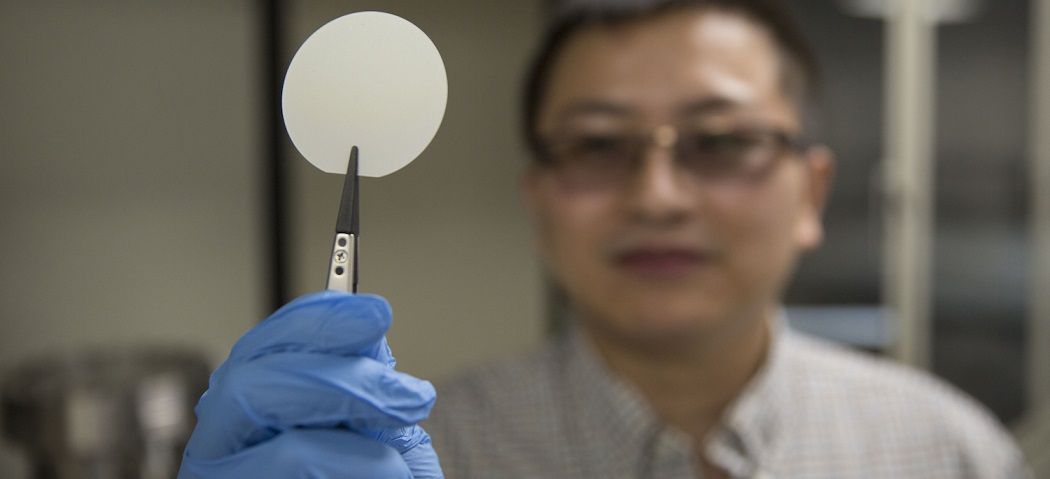Archive for the ‘computing’ category: Page 685
Jan 9, 2018
Intel wants to move beyond today’s architecture, with brain-inspired and quantum chips
Posted by Klaus Baldauf in categories: computing, neuroscience, quantum physics
Intelligent Machines
Intel’s new chips are more brain-like than ever.
The troubled chipmaker is looking to the future of computing.
Jan 7, 2018
8 Trends of the Internet of Things in 2018
Posted by Shailesh Prasad in categories: bitcoin, computing, internet
Internet of Things trends for 2018. Our expert Ahmed Banaf reviews how this tech trend will evolve this year: dat analytics, fog computing and blockchain.
Jan 7, 2018
Computational astrophysics team uncloaks magnetic fields of cosmic events
Posted by Shailesh Prasad in categories: computing, cosmology, physics
The development of ultra-intense lasers delivering the same power as the entire U.S. power grid has enabled the study of cosmic phenomena such as supernovae and black holes in earthbound laboratories. Now, a new method developed by computational astrophysicists at the University of Chicago allows scientists to analyze a key characteristic of these events: their powerful and complex magnetic fields.
In the field of high-energy density physics, or HEDP, scientists study a wide range of astrophysical objects—stars, supermassive black holes at the center of galaxies and galaxy clusters—with laboratory experiments as small as a penny and lasting only a few billionths of a second. By focusing powerful lasers on a carefully designed target, researchers can produce plasmas that reproduce conditions observed by astronomers in our sun and distant galaxies.
Planning these complex and expensive experiments requires large-scale, high-fidelity computer simulation beforehand. Since 2012, the Flash Center for Computational Science of the Department of Astronomy & Astrophysics at UChicago has provided the leading open computer code, called FLASH, for these HEDP simulations, enabling researchers to fine-tune experiments and develop analysis methods before execution at sites such as the National Ignition Facility at Lawrence Livermore National Laboratory or the OMEGA Laser Facility in Rochester, N.Y.
Continue reading “Computational astrophysics team uncloaks magnetic fields of cosmic events” »
Jan 6, 2018
Quantum ‘spooky action at a distance’ becoming practical
Posted by Shailesh Prasad in categories: computing, particle physics, quantum physics, security
A team from Griffith’s Centre for Quantum Dynamics in Australia have demonstrated how to rigorously test if pairs of photons — particles of light — display Einstein’s “spooky action at a distance”, even under adverse conditions that mimic those outside the lab.
They demonstrated that the effect, also known as quantum nonlocality, can still be verified even when many of the photons are lost by absorption or scattering as they travel from source to destination through an optical fiber channel. The experimental study and techniques are published in the journal Science Advances.
Quantum nonlocality is important in the development of new global quantum information networks, which will have transmission security guaranteed by the laws of physics. These are the networks where powerful quantum computers can be linked.
Jan 3, 2018
Scientists Unveil the First Portable Bionic Hand With a Sense of Touch
Posted by Paul Gonçalves in categories: biotech/medical, computing, cyborgs, transhumanism
The technology underpinning the new bionic hand was developed in 2014, but at the time, the equipment necessary to support it was so big the prosthetic limb could not leave the lab.
For Dennis Aabo Sorensen, who lost his hand in 2004 in a firecracker explosion, regaining the experience of touch was “fantastic.” He told CattolicaNews that “being able to feel different textures, understanding whether objects were hard or soft and how I was holding them was just incredible.”
Researchers found that Dennis was able to distinguish between a hard, soft or medium object in 78 percent of cases. In 88 percent of cases, he could correctly describe the size and shape of specific objects such as a baseball, a glass, and a tangerine. Three years later, Almerina has been given the same ability just by carrying a small computer in a backpack.
Continue reading “Scientists Unveil the First Portable Bionic Hand With a Sense of Touch” »
Jan 2, 2018
Quantum Computing Q — US
Posted by Klaus Baldauf in categories: business, computing, quantum physics
IBM Q is an industry-first initiative to build commercially available universal quantum computers for business and science.
Dec 31, 2017
Gallium nitride processor: Next-generation technology for space exploration
Posted by Klaus Baldauf in categories: computing, engineering, space travel
A material known as gallium nitride (GaN), poised to become the next semiconductor for power electronics, could also be essential for various space applications. Yuji Zhao, an expert in electrical and computer engineering at Arizona State University (ASU), plans to develop the first ever processor from gallium nitride, which could revolutionize future space exploration missions.
Gallium nitride is a semiconductor compound commonly used in light-emitting diodes (LEDs). The material has the ability to conduct electrons more than 1,000 times more efficiently than silicon. It outstrips silicon in speed, temperature, power handling, and is expected to replace it when silicon-based devices will reach their limits.
Besides LEDs, GaN can be used in the production of semiconductor power devices as well as RF components. Now, Yuji Zhao aims to use this material to develop a high-temperature microprocessor for space applications. He received a three-year $750,000 grant from NASA’s Hot Operating Temperature Technology (HOTTech) program for his project.
Continue reading “Gallium nitride processor: Next-generation technology for space exploration” »
Dec 31, 2017
Progress to turning silicon transistors into qubits which could enable billion qubit quantum computers
Posted by Klaus Baldauf in categories: computing, mobile phones, quantum physics
Japanese RIKEN researchers are trying to adapt existing the silicon metal–oxide–semiconductor field-effect transistors (MOSFETs) to integrate qubits with current electronics, offering the potential for scaling up quantum devices and bringing quantum computing closer to becoming a reality.
Keiji Ono and colleagues from the RIKEN Center for Emergent Matter Science and the Toshiba Corporation in Japan, in collaboration with researchers from the United States, are investigating the properties of qubits produced by imperfections or defects in silicon MOSFETs. In particular, they are exploring their potential for developing quantum computing devices that are compatible with current manufacturing technologies.
“Companies like IBM and Google are developing quantum computers that use superconductors,” explains Ono. “In contrast, we are attempting to develop a quantum computer based on the silicon manufacturing techniques currently used to make computers and smart phones. The advantage of this approach is that it can leverage existing industrial knowledge and technology.”
Dec 19, 2017
Bio-programming toolkit maker Asimov launches with $4.7M from Andreessen Horowitz
Posted by Klaus Baldauf in categories: biotech/medical, computing, nanotechnology
Biotech is one of today’s many hot frontiers of technology, but one thing holding it back is that it’s significantly less amenable to traditional computing techniques than other areas. A new startup called Asimov, spun off from research at MIT, is working on bridging the gap between the digital and the biological by creating, essentially, a set of computer-aided biology design tools. It’s a prescient enough idea that it has attracted $4.7 million in seed funding.
The problem that Asimov addresses is this. Say you’re a pharmaceutical company trying to make a tiny biocompatible machine that holds a certain amount of medication and releases it when it senses some other molecule.
In order to do so, you’d have to — well, among about a million other things — design what amounts to a logic gate and signal processor that works at the molecular scale. This is a daunting prospect, as creating molecular machinery is a labor-intensive process often involving creating thousands of variations of a given structure and testing them repeatedly to see which works.
















